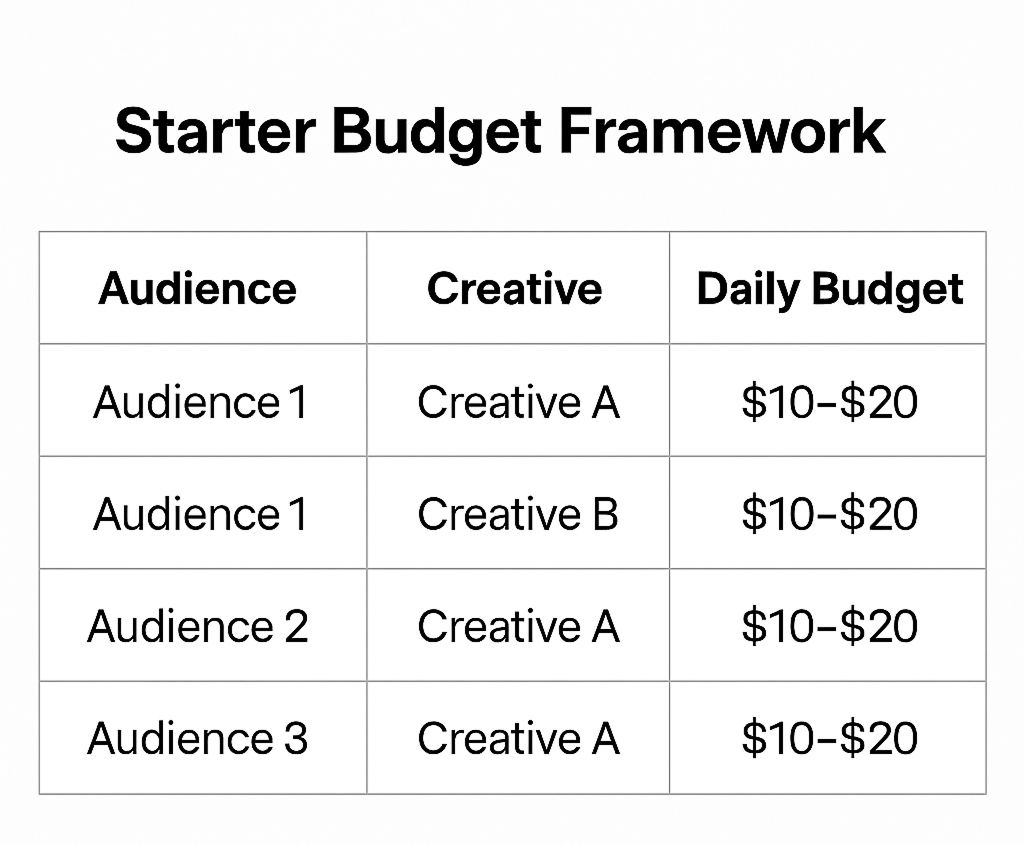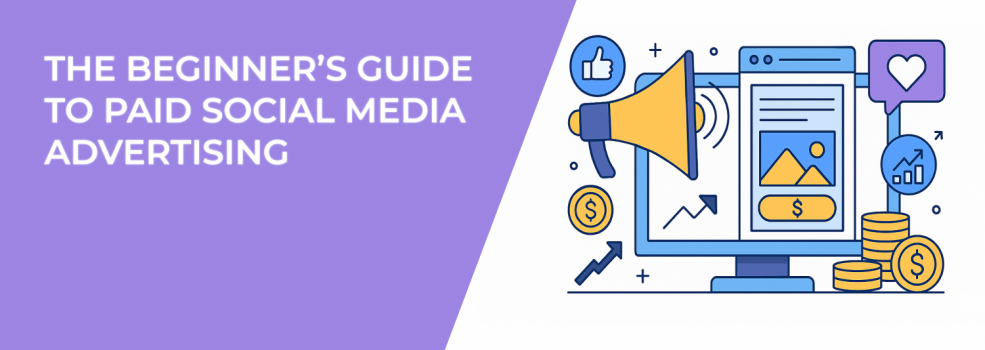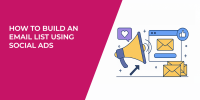Paid social media advertising is one of the most effective ways to reach new audiences, generate leads, and grow your business. But for beginners, it's easy to get overwhelmed. There are dozens of platforms, endless ad formats, and too many metrics that promise to matter.
This guide is for advertisers and marketers who are serious about making paid social work — without wasting money or getting stuck in the "boost post" trap.
We'll break down what matters, how to get started with confidence, and what to focus on when you’re ready to scale.
First, Let’s Get One Thing Straight: What Is Paid Social?
Paid social media advertising means paying to place your content in front of specific users on platforms like Facebook, Instagram, TikTok, LinkedIn, or X (formerly Twitter). You choose your audience, set a budget, write your ad, and let the algorithm do its thing.
But underneath that simple setup is a complex system of auctions, machine learning, user behavior signals, and audience matching. If you want to understand why your ads are or aren’t working, you need to learn how platforms actually decide who sees what.
Clarify Your Campaign Goal Before You Do Anything Else
Every great campaign starts with a specific outcome in mind. This is more than just “getting traffic” or “brand awareness.” Ask yourself:
-
Do I want leads? If yes, what qualifies a lead in my case?
-
Do I want purchases? What price point am I selling at?
-
Am I testing messaging, or trying to scale a winner?
Meta gives you different campaign objectives like Awareness, Traffic, Leads, Sales, Engagement, and App Installs. Pick the wrong one, and you’ll teach the algorithm to optimize for the wrong action.
Choose Your Platform Wisely
Each social platform has its strengths, quirks, and hidden costs. Don’t pick one because it’s popular.

Pick one because it aligns with your:
-
Audience demographics: age, interests, device habits;
-
Product price point and buying behavior;
-
Creative capabilities: can you create videos, text-only posts, or UGC?
-
Industry type: B2B vs B2C, eCommerce vs info products.
Run small tests on different platforms before committing to a full campaign strategy — your audience's behavior will tell you everything you need to know.
Learn Targeting — Then Unlearn Over-Targeting
Audience targeting is often misunderstood. Many beginners obsess over narrowing their audience to the "perfect" profile — age 33–35, iPhone users, who like yoga and also clicked an ad in the last 30 days.
The problem? That usually just shrinks your reach and increases costs. A small audience gives Meta or TikTok less room to optimize.
Instead, focus on a mix of:
-
Broad targeting, with strong creative to let the algorithm discover patterns;
-
Lookalike audiences, based on email lists or recent buyers;
-
Behavioral signals, like video views, page engagement, or recent purchases;
-
First-party data, from CRMs, newsletters, or tools like LeadEnforce that extract actionable Facebook group data.
Want a step-by-step walkthrough? Here's a solid Facebook ad targeting 101 guide.
Your Creative Is the Ad. Make It Count.
Most campaigns don’t fail because of poor targeting — they fail because the ad isn’t compelling.
People scroll fast. You need to grab attention, deliver value, and clearly guide them to take action.
What works right now:
-
Short-form video, especially for TikTok, Instagram Reels, and Facebook Feeds. UGC-style videos often outperform polished brand videos.
-
Clear headlines: state what it is, who it’s for, and why it matters.
-
Visual contrast: movement, zoom-ins, or bold color shifts to stop the scroll.
-
Social proof: screenshots of testimonials, media mentions, or real results.
If your creative doesn’t immediately resonate, your targeting won’t save it. Test angles that tap into emotion, urgency, or identity — and don’t be afraid to go bold if it aligns with your brand.
Budgeting: Start Small but Track Aggressively
You don’t need a huge budget to test effectively. But you do need discipline.

Start with $10 to $50 per day per audience or creative variation. Use that to validate which message, visual, and offer combination resonates. From there, optimize based on hard metrics:
-
CPC (Cost per Click): High CPC might mean bad targeting, low relevance, or weak creative;
-
CTR (Click-Through Rate): Low CTR is often a sign that your hook or visual doesn’t match user intent;
-
CPA (Cost per Acquisition): Ultimately, the number that tells you if you're profitable.
Give campaigns a few days to gather reliable data before making changes. Rushing adjustments too early can reset performance learning and make it harder to spot real trends.
Retargeting: Your Secret Weapon
Only a small percentage of people will convert on the first touch. That’s why retargeting is so effective — it captures users who already showed interest.
Good retargeting campaigns segment users based on intent:
-
Viewed your product but didn’t add to cart? Show social proof.
-
Added to cart but didn’t buy? Add urgency or scarcity.
-
Watched your video but didn’t click? Resurface with a shorter CTA-driven ad.
And don’t forget frequency caps. Seeing the same ad seven times doesn’t convince most users — it annoys them.
Want to retarget with confidence? Here's how to set up Facebook retargeting properly without wasting your budget.
Final Notes for Smart Beginners
Paid social media advertising is both art and science. The platforms change, the algorithms evolve, and new ad formats emerge every few months. But the fundamentals stay the same:
-
Start with a clear outcome;
-
Match your message to the right audience;
-
Prioritize creative above all else;
-
Track real results, not vanity metrics;
-
Learn fast, test smart, and optimize consistently.
Above all, think like a strategist, not just a media buyer. Paid ads aren’t about hacking your way to growth. They’re about understanding people, platforms, and how to bridge the gap between the two.

